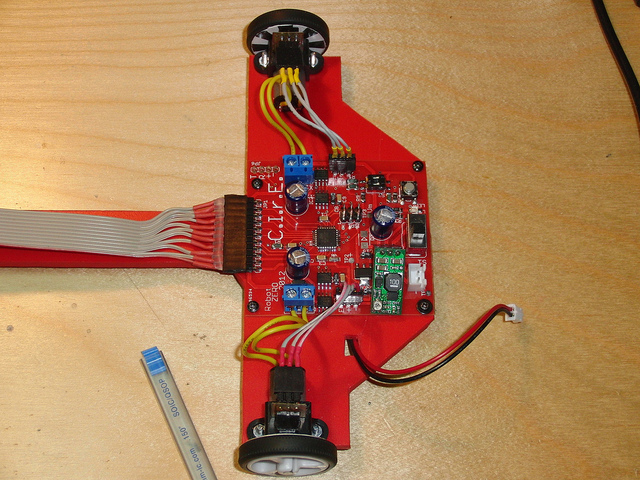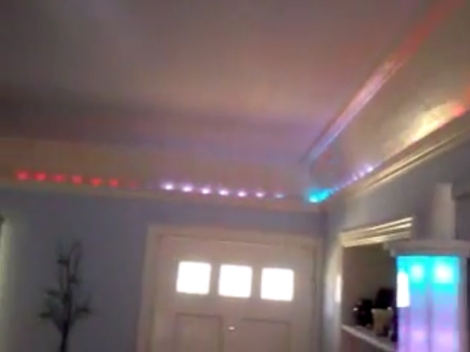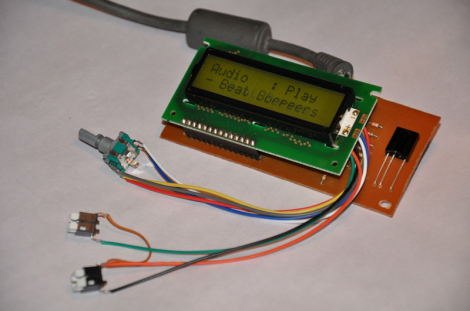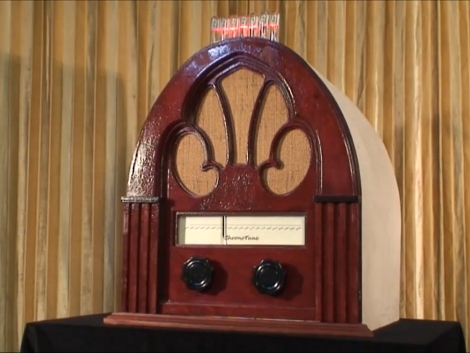[Zachariah Perry] builds a lot of replica props, and judging from the first few offerings on his blog he’s quite good at it. We enjoyed looking in on the Captain America shield and Zelda treasure chest (complete with music, lights, and floating heart container). But his most recent offering is the wearable and (kind of) working Pipboy 3000 from the Fallout series.
From his description in the video after the break it sounds like the case itself came as a promotional item that was part of a special edition of the game. He’s done a lot to make it functional though. The first thing to notice is the screen. It’s domed like the surface of a CRT, but there’s obviously not enough room for that kind of thing. The dome is made from the lens taken out of a slide viewer. It sits atop the screen of a digital picture frame. [Zachariah] loaded still images from the game into the frame’s memory, routing its buttons to those on the Pipboy. He also added a 12 position rotary switch which toggles between the lights at the bottom of the screen.
A little over a year ago we saw a more or less fully functional Pipboy. But that included so many added parts it was no longer wearable.

















